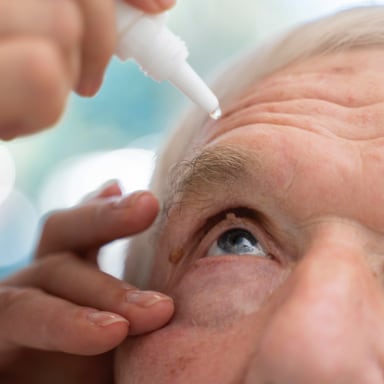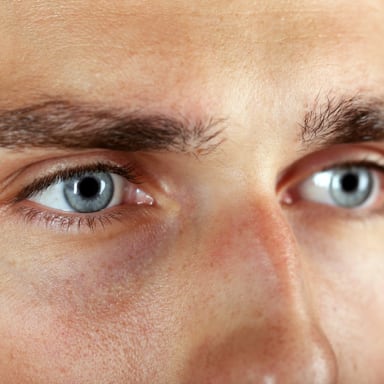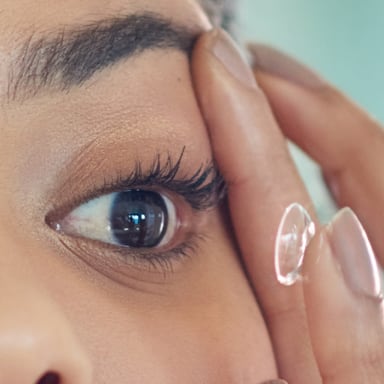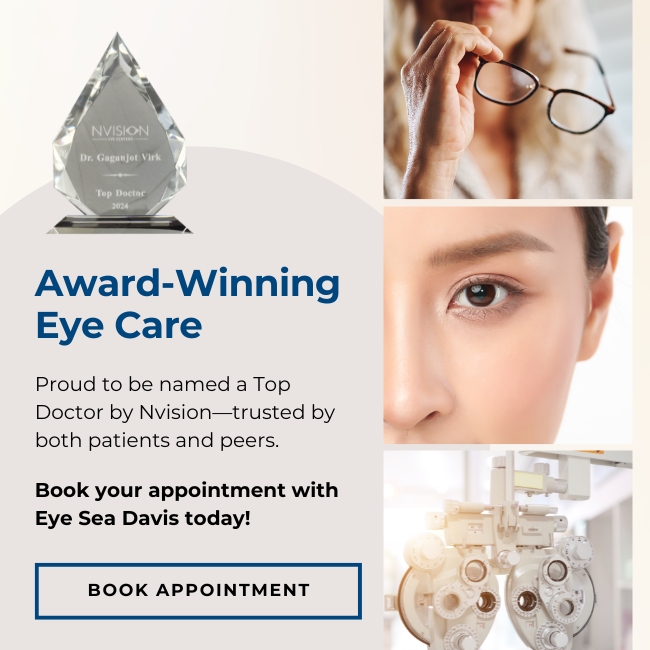Nearsightedness, or myopia, is a common refractive error that affects millions of people worldwide. With the increasing reliance on digital devices and a lifestyle that involves more indoor time, nearsightedness is on the rise, especially among children and adolescents. While there is no definitive way to prevent myopia from developing, there are several strategies to reduce the risk and slow its progression.
In this blog, we’ll dive into what nearsightedness is, how it can be managed, and what methods—like Ortho-K lenses and MiSight—are available to help slow its progression.
What Is Nearsightedness?
Nearsightedness, or myopia, occurs when the eyeball is slightly longer than normal or when the cornea is too curved. As a result, light entering the eye focuses in front of the retina instead of directly on it, making distant objects appear blurry while nearby objects remain clear.
This condition often begins in childhood, progressing as the eye grows. In many cases, nearsightedness stabilizes by early adulthood, but it can continue to worsen if not managed properly. Symptoms of nearsightedness include:
- Blurry vision when looking at distant objects
- Squinting to see clearly
- Frequent headaches due to eye strain
- Difficulty seeing in dim light or while driving at night
Causes of Nearsightedness
While the exact cause of myopia is not fully understood, several factors have been linked to its development:
- Genetics: If one or both parents are nearsighted, the likelihood of their children developing myopia is higher.
- Environmental Factors: A lack of outdoor time and prolonged close-up tasks like reading or screen use are believed to contribute to the rise in nearsightedness, especially in children.
- Eye Growth: In some cases, the eye continues to grow longer than it should during development, leading to blurred distance vision.
How to Reduce the Risk of Developing Nearsightedness
While there’s no surefire way to prevent myopia entirely, some steps can be taken to reduce the risk of developing it or slowing its progression.
1. Encourage Time Outdoors
Research has shown that spending time outside—especially in natural light—can reduce the risk of developing myopia in children. It is believed that outdoor exposure may help the eye develop properly. A common recommendation is at least 90 minutes of outdoor activity per day. Sunlight exposure triggers dopamine release in the retina, which helps regulate eye growth and may prevent the eye from becoming elongated.
2. Limit Screen Time and Near Work
Excessive use of smartphones, tablets, computers, and other devices that require prolonged near-focus may contribute to the development of myopia. For children, it’s crucial to monitor and limit screen time and encourage regular breaks to give their eyes a chance to rest. The 20-20-20 rule is a good guideline: every 20 minutes, look at something 20 feet away for at least 20 seconds to reduce eye strain.
3. Healthy Eye Habits
Maintaining a proper reading posture, ensuring adequate lighting while reading or using digital devices, and making sure screens are at a safe distance (about an arm’s length away) can help minimize eye strain and prevent worsening myopia.
Slowing the Progression of Nearsightedness
For those who already have myopia, managing its progression is key, especially for children whose vision may worsen over time. Several treatment options are available to slow down the progression of nearsightedness.
1. Ortho-K (Orthokeratology) Lenses
Ortho-K lenses are specially designed contact lenses that are worn overnight. They work by gently reshaping the cornea while you sleep, temporarily correcting the shape of the eye so that you can see clearly without glasses or contact lenses during the day. This not only corrects vision but has been shown to slow the progression of myopia, particularly in children and teens.
Ortho-K lenses are a great option for individuals who are not ready for laser eye surgery or prefer a non-invasive method to manage their myopia. In addition, it offers freedom from daytime contact lenses or glasses, making it ideal for sports or other activities where glasses can be cumbersome.
2. MiSight Contact Lenses
MiSight lenses are daily disposable soft contact lenses specifically designed for children to slow the progression of myopia. These lenses have been clinically proven to reduce the worsening of myopia by 59% on average, making them a powerful tool in managing nearsightedness.
MiSight lenses work by using a special optical design that corrects nearsightedness while simultaneously creating treatment zones that focus light in front of the retina. This reduces the eye’s tendency to grow longer, which helps slow the progression of myopia. These lenses are a convenient and effective way to ensure your child’s vision stays as clear as possible over time.
Why Managing Myopia Matters
Slowing the progression of myopia is important not only for maintaining good vision but also for preventing long-term complications. Higher levels of myopia increase the risk of serious eye conditions later in life, including:
- Retinal Detachment: As the eye becomes more elongated, the retina may stretch and thin, increasing the risk of detachment, which can lead to permanent vision loss.
- Glaucoma: People with high myopia have an increased risk of developing glaucoma, a condition that damages the optic nerve and can lead to vision loss.
- Cataracts: Myopia increases the likelihood of developing cataracts at a younger age.
By taking steps to manage myopia during childhood, you can help protect your child’s long-term eye health and reduce the risk of these complications in the future.
Conclusion
While we can’t completely prevent nearsightedness from developing, there are ways to reduce the risk and slow its progression. Encouraging outdoor time, limiting screen exposure, and practicing healthy eye habits are key steps for protecting your child’s vision.
For those already dealing with myopia, innovative treatments like Ortho-K and MiSight contact lenses are effective tools for slowing its progression, especially in children. At Eye Sea Optometry, we offer both Ortho-K and MiSight lenses to help you or your child manage nearsightedness and maintain optimal vision health.
If you’re interested in learning more about these treatments or scheduling a consultation, feel free to contact us today!



















